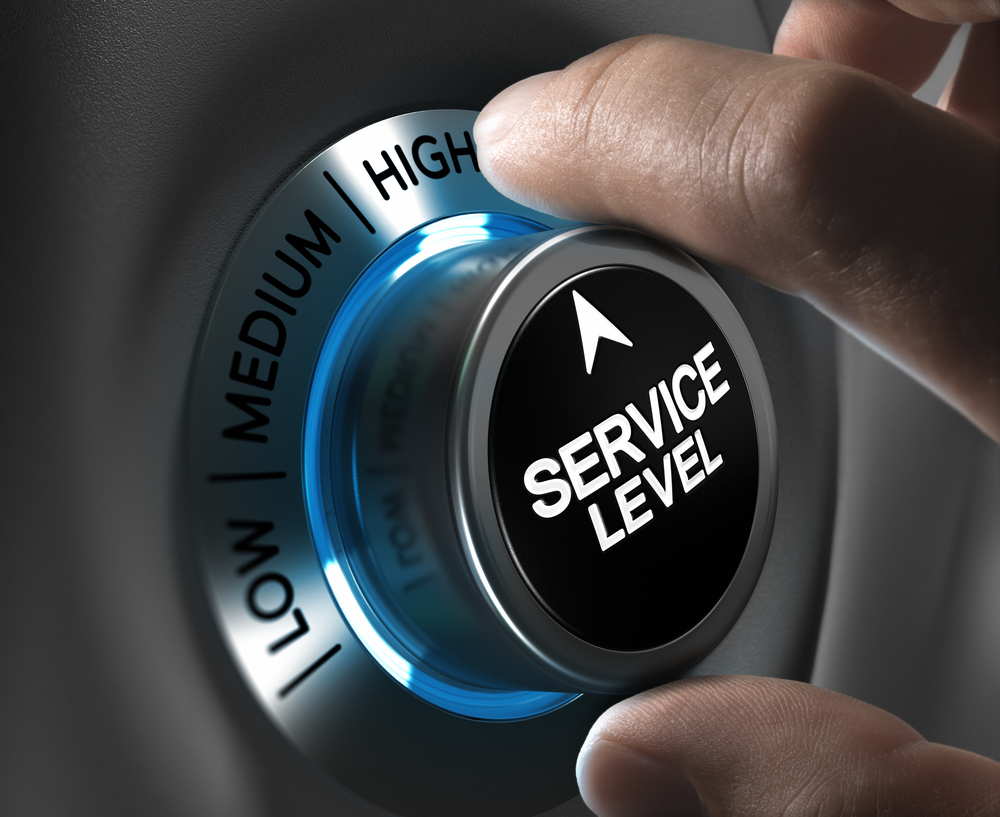Moving Beyond CX to the Business of Experience

The structure of almost everything we do – how and what people buy, how and where they work, how they interact with others – has been upended by world events in 2020. The shift in consumer behaviors we’re seeing today is not an anomaly. They are likely to stay with us for a long time, some possibly forever. Many have been in motion for years, while even more have been accelerated by the COVID-19 pandemic.
Right now, an experience renaissance is just beginning – one that is galvanizing companies to push beyond the CX philosophy and organize the whole business around the delivery of exceptional experiences. These experiences must respond to customers’ new, often unmet and frequently changing needs and enable them to achieve their desired outcomes. This is the Business of Experience (BX).
An evolution of CX, BX is a more holistic approach that allows organizations to become customer-obsessed and reignite growth. Whereas CX was limited to the chief marketing officer’s (CMO) or chief operating officer’s (COO) purview, BX is in the board room as a CEO priority because it ties back to every aspect of a company’s operations. In fact, 77% of CEOs said their company will fundamentally change the way it engages and interacts with its customers.
BX is very much a new category of leadership that savvy CEOs and their leadership teams will embrace as we move deeper into the coming decade.
An innovative approach to expand business
In our research, we spoke to 1,550 executives (nearly a quarter of them CEOs) in 21 countries across 22 industries. We found that the organizations that embraced and reoriented around practices that we have defined as important for BX grow their profitability year-on-year by at least six times over their industry peers.
Three trends that gave rise to the Business of Experience
While attention to customer experience is not new, BX has taken on an urgent business imperative today in large part because of three major challenges plaguing CX as we know it: customer demands, sea of sameness, and flight to purpose.
These trends have been barely discussed but are very real. The first is a legacy of 20th-century organization, the second has been happening for some time and is a sign of market maturity and the third has been very much accelerated by the pandemic.
Many organizations seem to be out of sync, too rigid, or moving at a pace that is slower than consumer change. If an organization’s experience fails to meet standards set by companies that do not directly compete with it, then they will be seen as a failure. That’s because consumer expectations have become truly liquid across different product and service categories. They no longer compare their brand experiences between two different companies in the same space. Rather, they make comparisons between their brand experience of, for example, a mobile service provider with a best-in-class airline, or even a design and tech-driven play such as Airbnb.
When executed well, CX investments have yielded good results: more customers, sales, and loyalty. Its importance is not going away, but its value proposition is stalling because many of the fundamentals of CX are now commonplace. Designers everywhere have been making increasing improvements to touchpoints for more than 25 years, and norms have been established. For example, we know how to welcome new bank customers with good onboarding routines. We’ve seen how clothes should be presented in a digital store. We commonly expect ultra-fast online check-out with minimal clicks.
As expectations have risen, simple, fast, clear, and intuitive experiences like these have become a given for customers, meaning they’re easy to copy and aren’t different enough to automatically gain you market share. As a result, it’s now harder to differentiate through customer touchpoints alone than it has been in decades.
Brands are facing intense pressure to stand for something bigger than the products and services they sell. Today, 8 in 10 consumers say purpose is at least as important to them as CX. More than half of Gen Y and Z consumers (compared to 37% of other consumers) say they have shifted a portion of their spending away from their current service provider when a company disappointed them due to its words or actions on a social issue.
Recognition that a brand’s vision and purpose can play a critical role in its growth is the foundation of a BX approach. Our research shows the leading 20% of companies are 2.5 times more likely than their peers to say they’re able to establish and manage a brand promise that connects directly to customer experiences. This coincides nicely with what consumers want, with nearly half of Gen Y and Z saying they prefer brands that make them feel part of something bigger and connect people around common causes or beliefs.
Becoming a BX leader starts with becoming customer-obsessed.
Beyond the CEO, every C-level executive and leader inside both front- and back-office functions needs to be invested in shifting their thinking about experience.
The customer experience is still central to a company’s success, but it is no longer enough to simply provide the products your customers want. For continued success, the entire business from bottom to top, internal and external must serve customers’ needs when, where, and how they desire, and adhere to CSR principles that align with customers’ and stakeholders’ expectations.
This post is an edited version of the original first published on Accenture.com


No Comments
Sorry, the comment form is closed at this time.